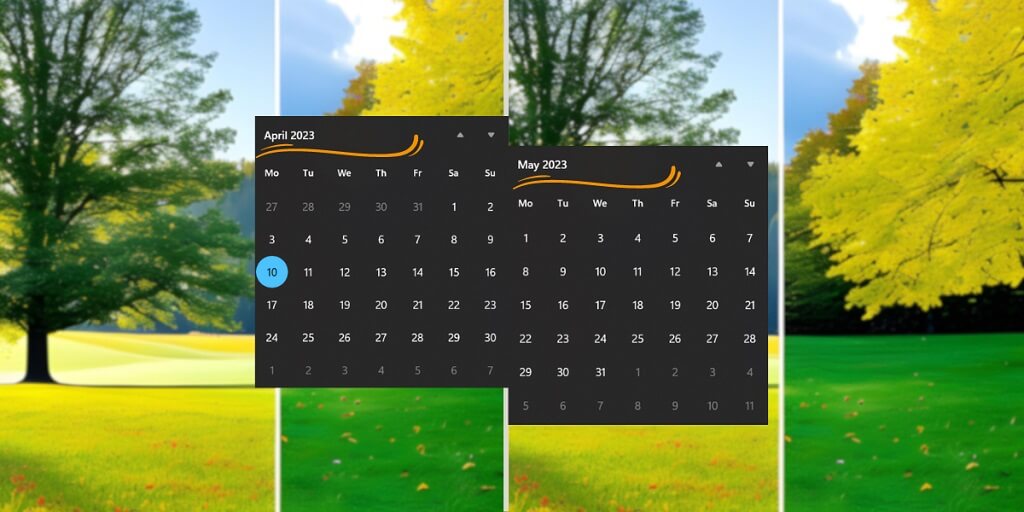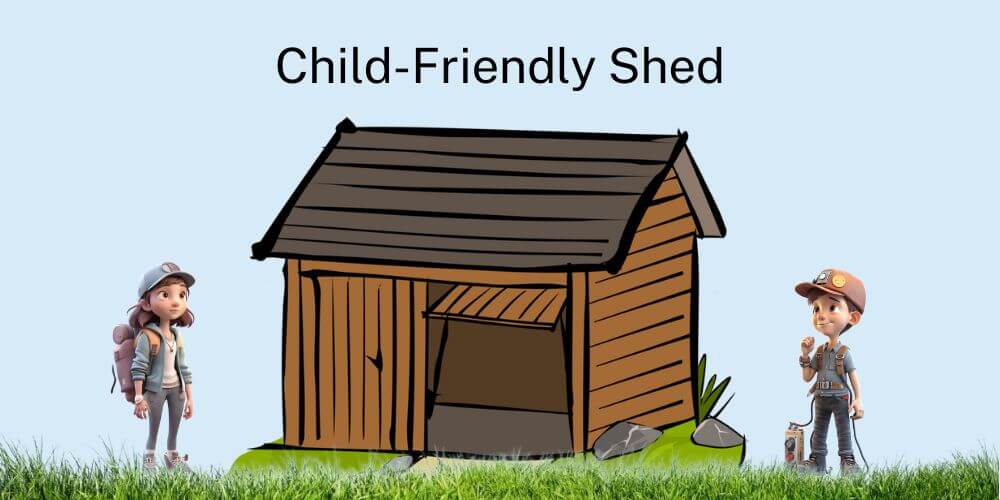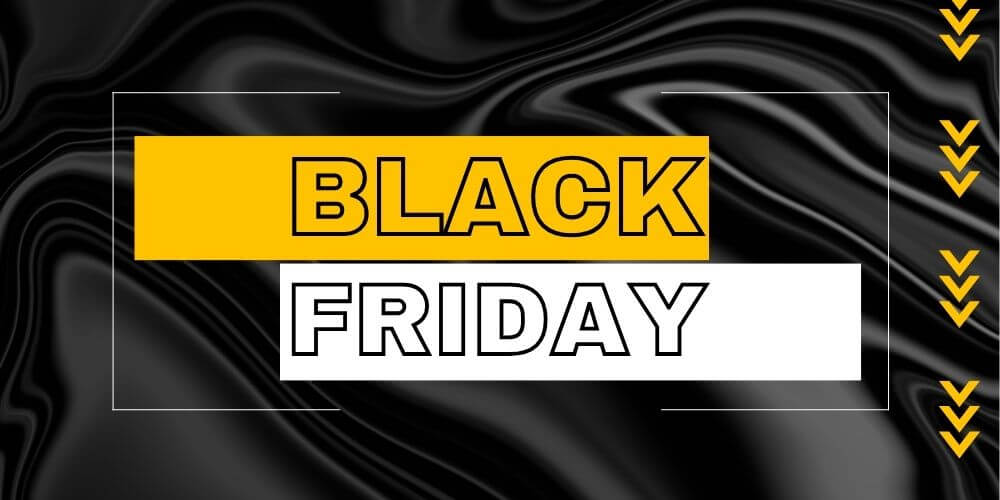The best time of year to install a shed can depend on various factors, such as weather conditions, ground conditions, shed material, and your own personal preferences. Considering these factors can help you determine the most suitable time to install a shed that meets your needs. Let’s take a closer look at these factors:
Weather Conditions
The weather plays a significant role in the installation of a shed. If you plan to install your shed during a season with inclement weather, it can lead to challenges and delays. For example, if you plan to install your shed during the winter months, it can be difficult to work in the snow or wet conditions, and the ground may be too hard or frozen to dig into. In contrast, installing a shed during the spring or fall when the weather is mild and dry can be more ideal.
You should avoid the most extreme weather.
Ground conditions
Another factor to consider is the ground conditions where you plan to install your shed. If the ground is soft and muddy due to recent rainfall, it may not be the best time to install your shed as it can lead to unstable foundations. On the other hand, if the ground is too hard and dry, it can make it difficult to dig the necessary holes for the foundation.
The best time to install a shed is when the ground is firm but not too dry or wet.
Shed Material
Each material has its own unique properties that can impact the installation process and the durability of the shed over time. Let’s take a closer look at the best time to install sheds made of wood, metal, and plastic:
- Wood sheds: These are a popular choice for their natural beauty and durability. However, they require more maintenance than other types of sheds. The best time to install a wood shed is during the dry season, typically in the spring or fall. This will help to prevent the wood from becoming warped or rotting due to excess moisture. It’s also important to install a moisture barrier beneath the shed to prevent any moisture from seeping up into the wood.
- Metal sheds: These are a durable and low-maintenance option that is resistant to rot, insects, and fire. They are typically constructed with galvanized steel that can withstand harsh weather conditions. The best time to install a metal shed is during the summer months when the weather is dry and sunny. This will help to prevent any rusting or corrosion that can occur if the shed is installed during the wet season.
- Plastic sheds: These are lightweight and low maintenance option that is resistant to rot, rust, and insects. They are typically made of high-density polyethylene (HDPE) that is durable and long-lasting. The best time to install a plastic shed is during the spring or fall when the weather is mild and dry. This will help to prevent any warping or cracking that can occur if the shed is installed during extreme heat or cold.
Personal Preferences
Your personal preferences can also play a role in determining the best time to install a shed. For example, if you prefer to spend time outdoors during the summer months, you may want to install your shed in the spring so that you can start using it right away. Alternatively, if you prefer to avoid the heat and humidity, installing your shed during the fall when the weather is milder may be a better option for you.
Consulting with a professional can also help you ensure a successful installation process that meets your needs and preferences.



